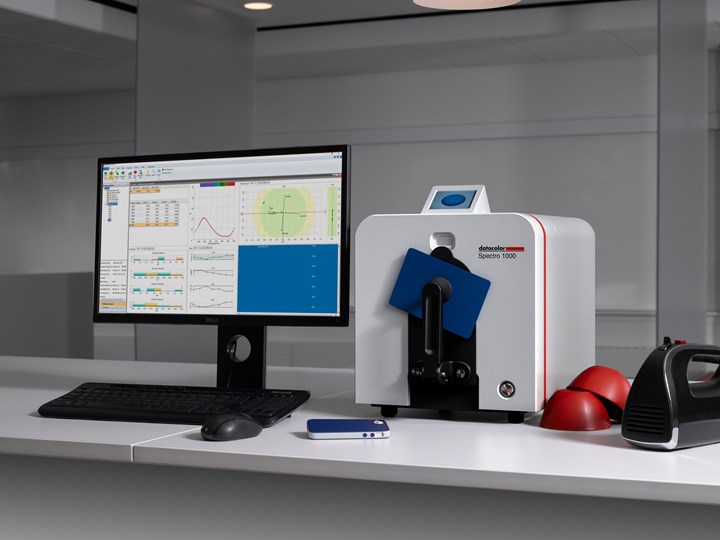Reducing the Environmental Impact of Plastics Through Digital Color Measurement
Digitizing color in the plastics industry can dramatically reduce the need to produce physical samples, which leads to less potential waste, says Datacolor applications engineer.
In a recent discussion with Earl Balthzar, senior applications engineer at Datacolor, he weighed-in on how digital color measurement can contribute in reducing the environmental impact of plastics. Balthzar pointed out that despite the COVID-19 pandemic, sustainability and reduction of waste have remained on the minds of both plastics manufacturers and consumers, but with a significant resurgence of single-use plastics due to health concerns, those sustainability-related challenges have been exacerbated.
“While solutions to the problems of post-consumer plastic waste remain somewhat elusive, there are still ways to make some areas of plastics production itself less wasteful,” he said.

Balthzar maintains that the goal of getting color right can start with the digitalization of color communications with approaches like the color management programs implemented between clothing and retail OEMs and their far-flung supply chains. “With the same global spread in the plastics world, use of color management solutions such as spectrophotometers and color QC software, with attention to the details of creating and ensuring reproducibility across the supply chain, can allow producers and decision makers to measure, analyze and manage color digitally from anywhere in the world, and quickly share those analyses.”
Digitizing color in the plastics industry can dramatically reduce the need to produce physical samples, which leads to less potential waste, he pointed out. Moreover, analyzing samples digitally also can eliminate the need to ship physical samples for evaluation, which can contribute to a reduction of fuel use and carbon emissions. “Companies can hence communicate color decisions and data digitally across the supply chain, achieving greater accuracy and efficiency while decreasing their carbon/waste footprint. It is a start.”
Related Content
-
Metaspectral to Advance Vision Technology for Recycling
Company received further funding from British Columbia’s CleanBC Plastics Action Fund
-
How to Optimize Color Evaluation of Recycled Plastics
The right color measurement instrument and good working methods will minimize variability in color evaluation of PCR.
-
How Inline Vision Inspection Can Minimize Scrap in Molding
Once viewed by injection and blow molders as a necessary evil, machine vision technology today can continuously monitor and improve production while reducing costs.













